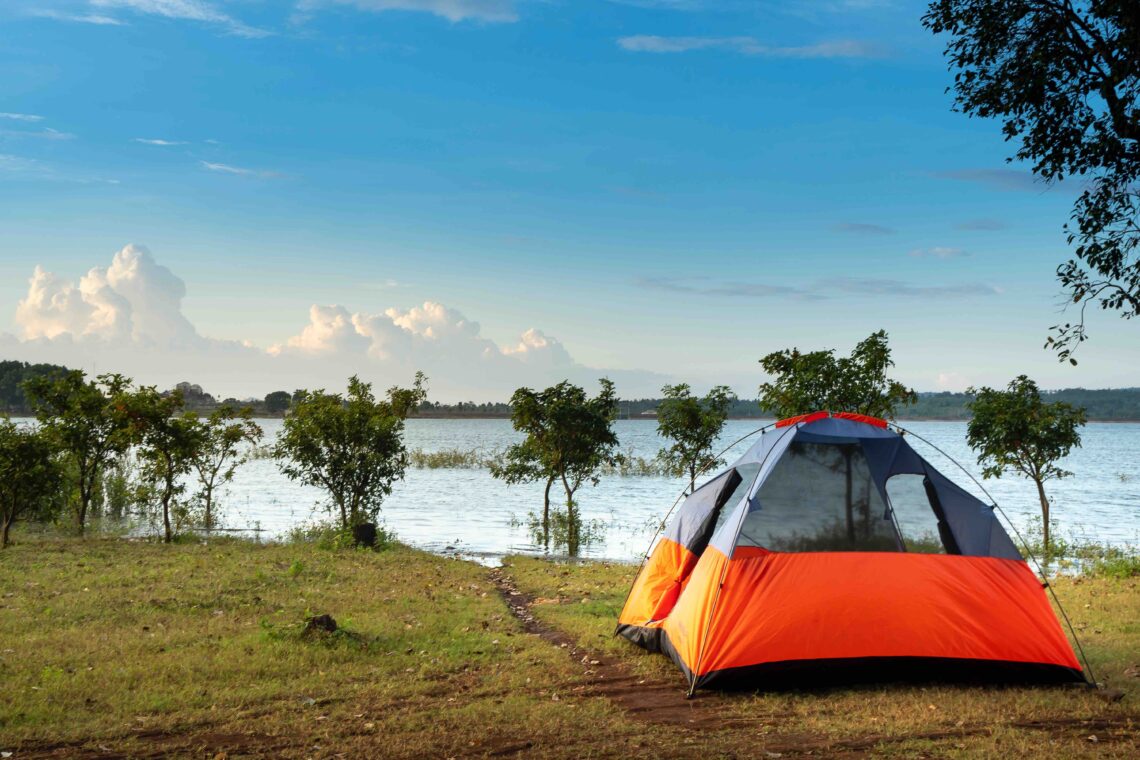
Camping 101
In the midst of the COVID-19 pandemic, camping has become a much-needed escape for many people. It allows you to experience nature first-hand and is also a good way to distance from others.
There are plenty of campground options to choose from, ranging from provincial and national parks to privately-owned campsites. If you’ve never roughed it on your own before, this is an easy beginner’s guide to make your first campout experience memorable and safe.
What to bring
Stocking up on camping supplies can be daunting, especially if you’ve found yourself staring down the many aisles of a camping store with no idea where to start. Supplies can range in usefulness from absolutely necessary — think tents, sleeping bags, bug spray and food — to optional luxuries. There is such a thing as a cast-iron waffle maker, but do you need it to make the most of your first campout? Not really.
It’s a good idea to have a range of clothing options available, as the weather may change from day to day or even hour to hour. Bring clothes that are comfortable for walking long distances and that you can layer, like t-shirts and sweaters. Flip flops are good for the beach, but you’ll want a sturdier pair of sandals, a good pair of runners or even hiking boots for other parts of your trip. If you’re worried about bugs, try light-coloured pants and long-sleeve shirts.
Where to camp
Do your research before heading out to a campsite. Ask questions that will help you figure out logistics. How much does the campsite charge per night? What does the site offer in terms of hiking trails and swimming spots? If there’s a visitor information centre, what kinds of activities do they offer? The centre may host events like informational lectures, workshops, movie nights or guided hikes. Do they offer rentals on equipment like canoes and kayaks? That may save you the hassle of having to pack oversized items.
Ask questions about the surrounding area, as well. Is the campsite relatively close to a town or city where you can replenish food supplies if you need to? Is there a general store on the campgrounds or nearby? Looking into restaurants and attractions in a neighbouring town will give you options for a night out or change of scenery. It also gives you a chance to chat with locals and get tips on where to find the best hiking trails or scenic lookouts that are off the beaten path.
Safety tips
Fire
Always check to make sure you’re not in a restricted fire zone before building a blaze. Once you’re done with the fire, spread the embers around the firepit so they can fizzle out, and pour sand or water on the area. This will extinguish any lingering flames and ensure a fire doesn’t restart. The fire should be completely out before you go to sleep or leave the campsite.
Ticks
When going on a hike or walking through a grassy area, it’s a good idea to do regular tick checks, especially if you have a pet as your camping buddy. Be sure to put on a strong bug spray that repels ticks, and tuck your pants into your socks so ticks don’t try and hitch a ride.
If you do find a tick embedded in your skin, don’t panic and don’t try to crush or burn it off. Take a pair of fine-tipped tweezers and grab the bug as close to your skin as possible. If you don’t have tweezers, use your hands. Gently and firmly tug the tick out — without twisting — and aim to get it all in one piece.
Wildlife
Depending on where you’re camping, there’s a chance that you’ll be in bear habitat. Bears generally keep away from people, but some have become accustomed to the public and see garbage as a potential food source. That’s why it’s important to keep all your food supplies secure in your car or tied up in a tree, and never feed a bear (or any other wildlife, for that matter). If you’re out hiking and you see signs like tracks, droppings, ripped-up logs or flipped rocks, a bear has likely been nearby and you should leave the area.
Foraging
There’s nothing like discovering a wild strawberry or raspberry bush on the side of a trail and snacking away. However, don’t eat wild berries unless you’re 100 per cent certain they’re safe to ingest. Some kinds of wild berries are highly toxic to humans and should be left alone. If you’re keen on foraging, there are several books on wild berries available. Be sure not to over-pick so that other animals and campers can enjoy them too.
About the author
Kathleen Charlebois is a previous reporter for Youth Mind. Her weaknesses are used bookstores, blank notebooks and giant scented candles.





